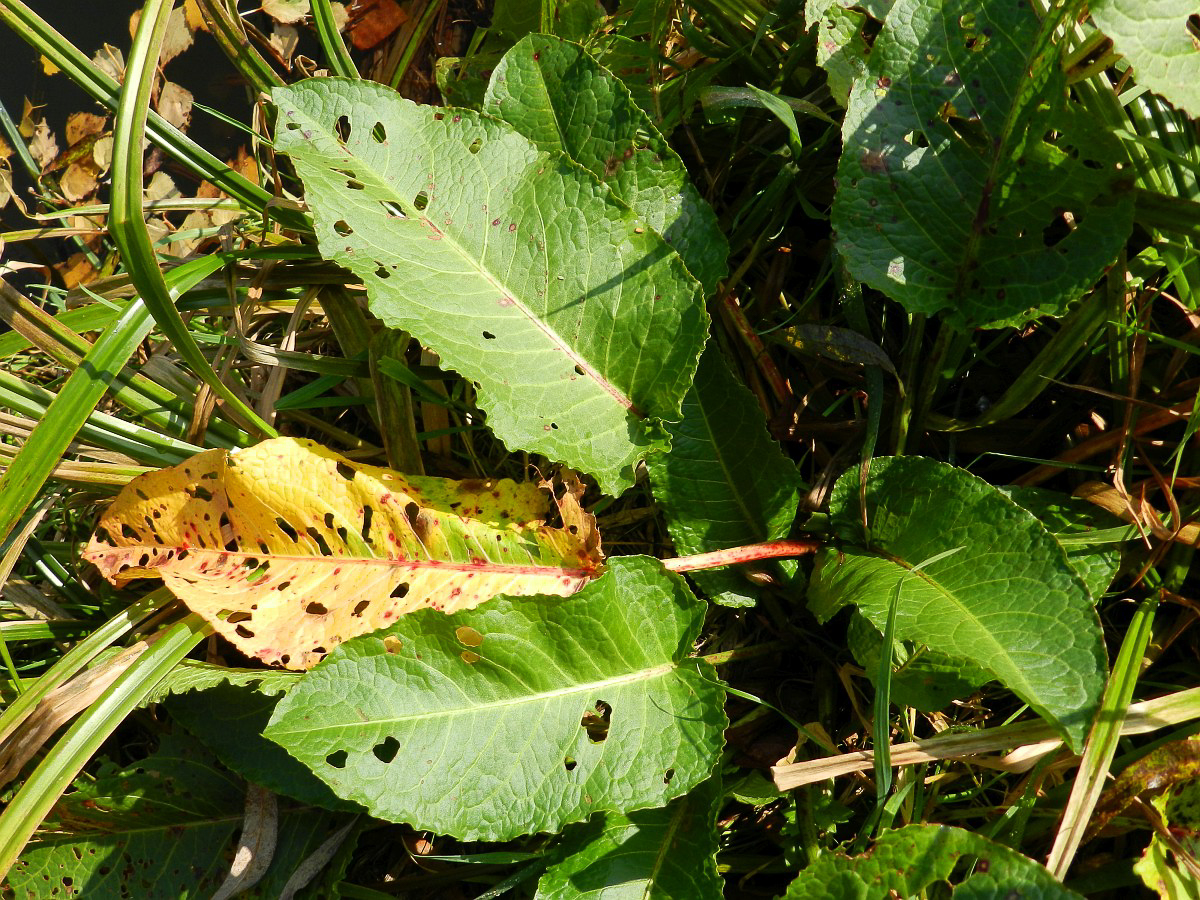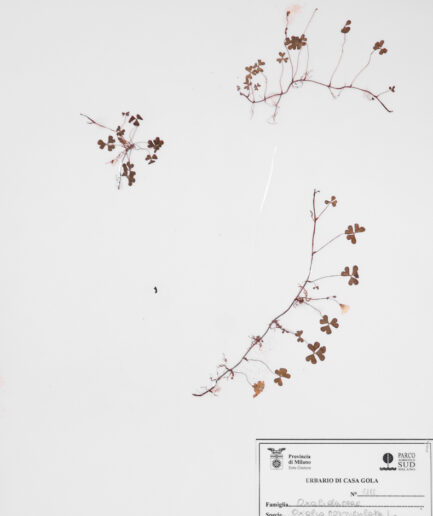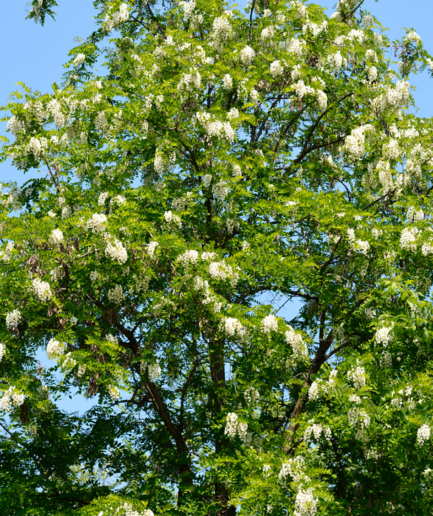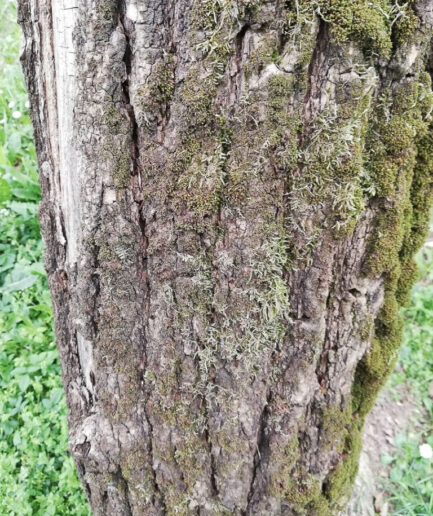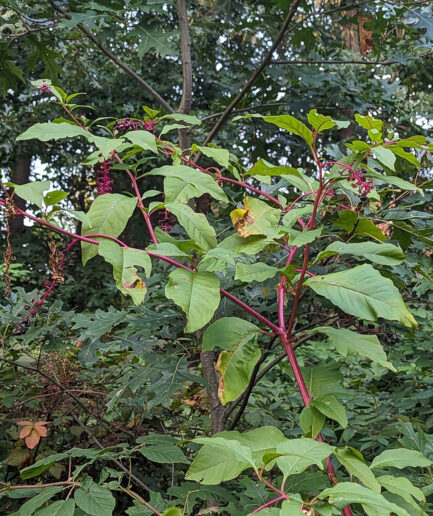Bitter dock
Scientific Name: Rumex obtusifolius L.
Family: Polygonaceae
Morphology
Habit and Size: Perennial herbaceous plant, 40-100 (150) cm tall, with a woody, spindle-shaped rhizome, up to 1 cm thick.
Stems: Erect stem, cylindrical, shiny, grooved, sometimes with purplish or brownish hues.
Leaves: Basal leaves ovate-oblong, cordate or subcordate at the base, obtuse or subacute at the apex, with a blade of 9-22 x 6-9 cm, shorter or equal to the petiole; scattered pubescence especially along the midrib. Alternate cauline leaves, with lanceolate-linear blade (8-14 x 50-80 mm), progressively tapering.
Flowers: Broad, loose, branching inflorescence during flowering and dense in fruiting, with generally simple, ± distant branches and verticils, the upper ones without bracts; containing 10-25 small flowers. Blooms from May to August.
Fruits and Seeds: The fruit is a dikele with valves of 4-6 x 2-3.5 mm, ovate-triangular, truncate at the base, with well-developed teeth, longer than wide, prominent tubercle present in a single valve, achene 2.5-3 mm, dark reddish-brown.
Distribution and Habitat
Present throughout Italy in ruderal land, along hedges, roadsides, ditches, field margins, forest clearings, dumps, from 0 to 2,000 m.
Use
The leaves can be used in the preparation of decoctions for the treatment of some skin diseases; transformed into an ointment, it can be applied to skin eruptions. Before taking any plant-based product (medicine or non-medicine) for therapeutic or similar purposes, it is always advisable to consult a doctor. Like other congeners, its leaves and seeds are edible but should be used in moderation. The leaves contain a high content of oxalic acid, and moderate use is recommended; excessive use could cause gastrointestinal and renal disorders. Not recommended for people suffering from rheumatism, arthritis, gout, kidney stones, or hyperacidity, as they could exacerbate these conditions. Roots can be used to obtain dyes.
INTERESTING FACTS
In the past, the large leaves were used to wrap and preserve butter and were a traditional remedy used against nettle stings.
Photo Credits: under a free license from Saxifraga, Ed Stikvoort, Rutger Barendse.






